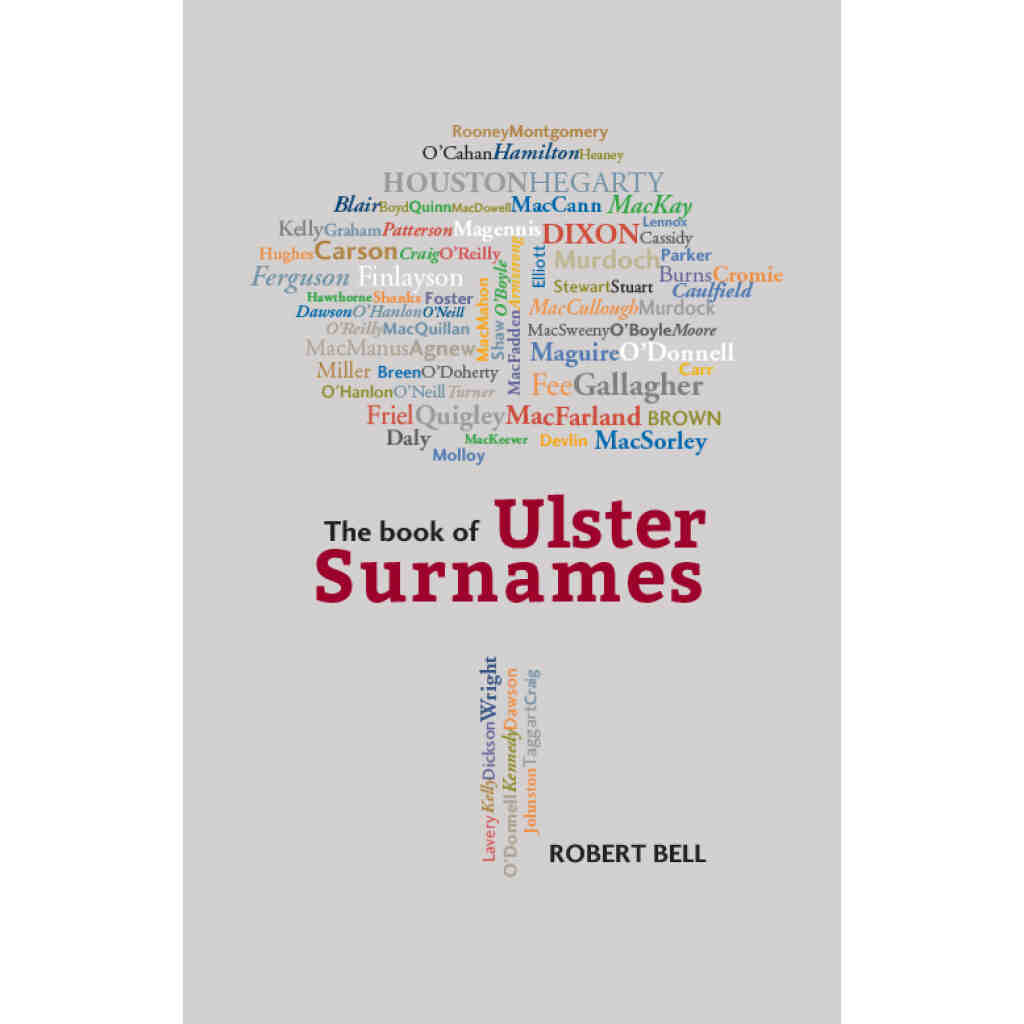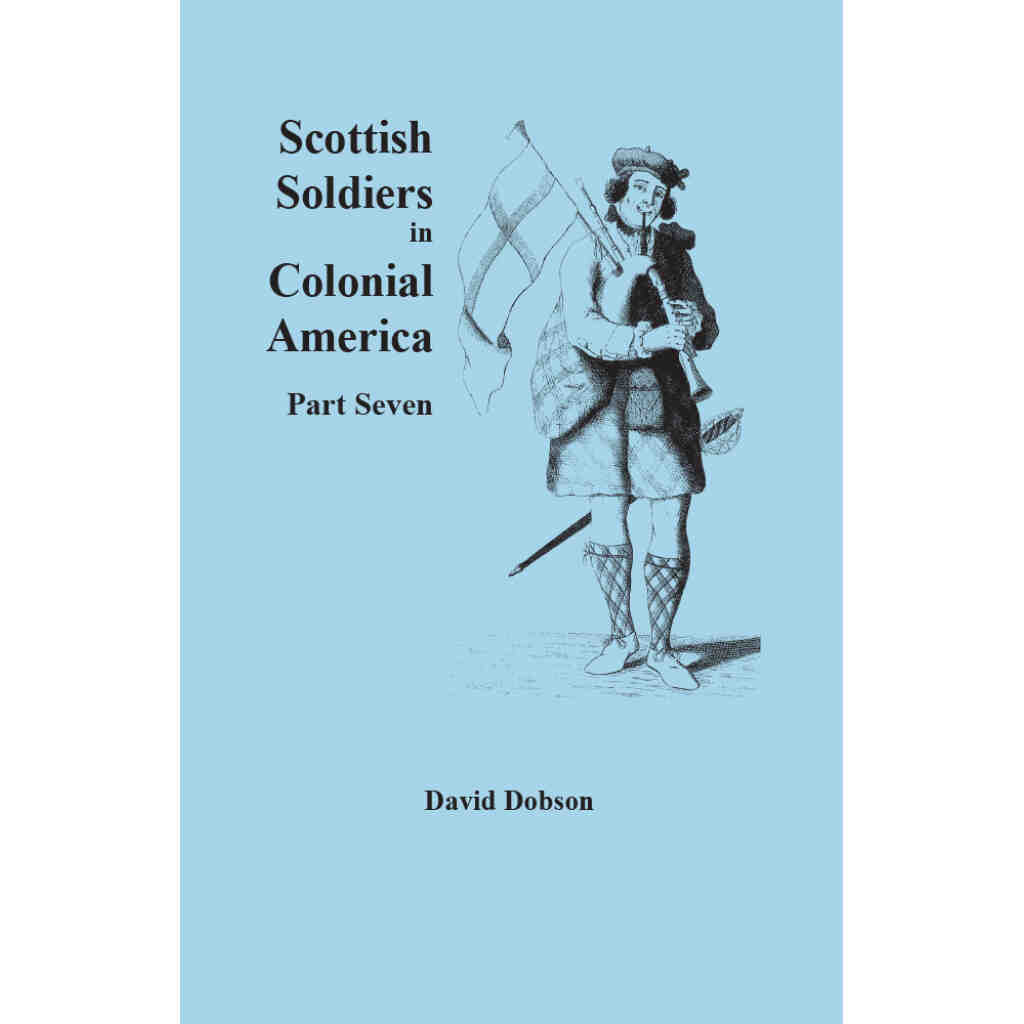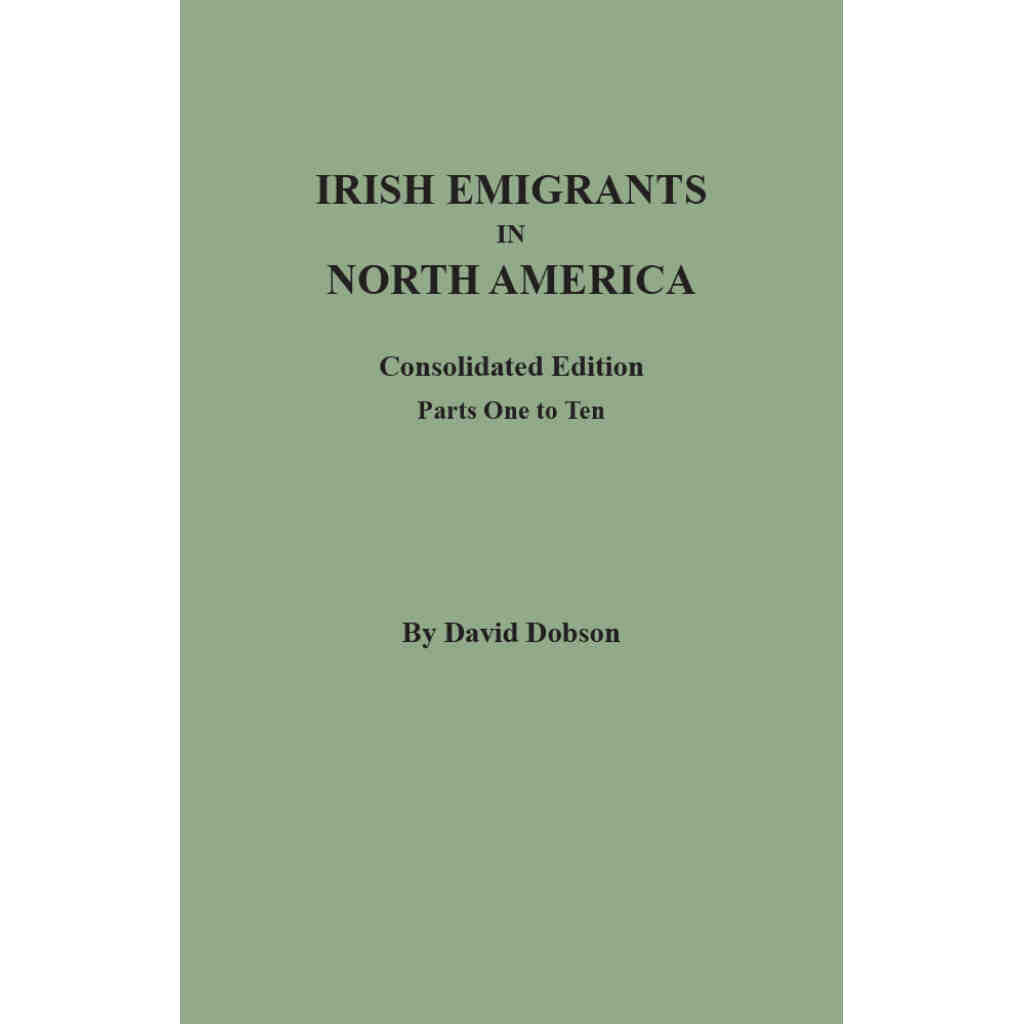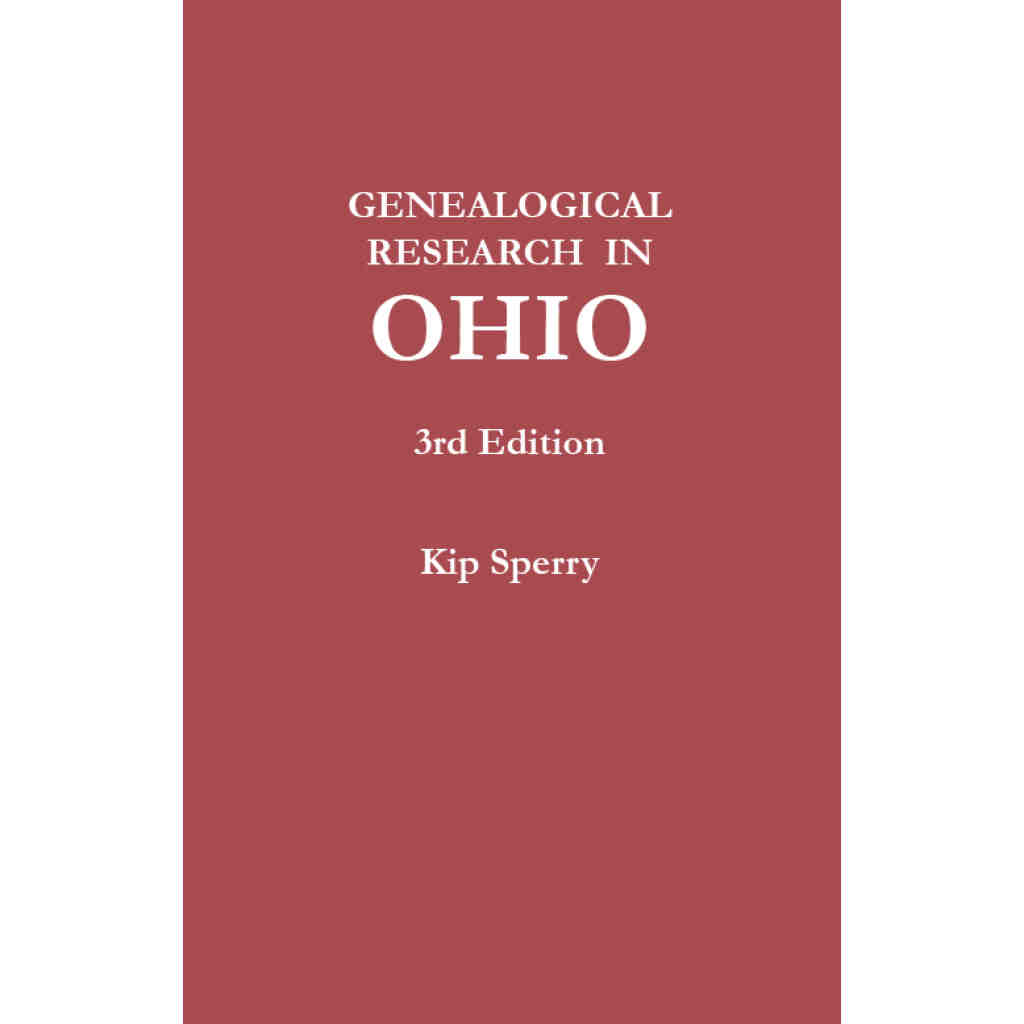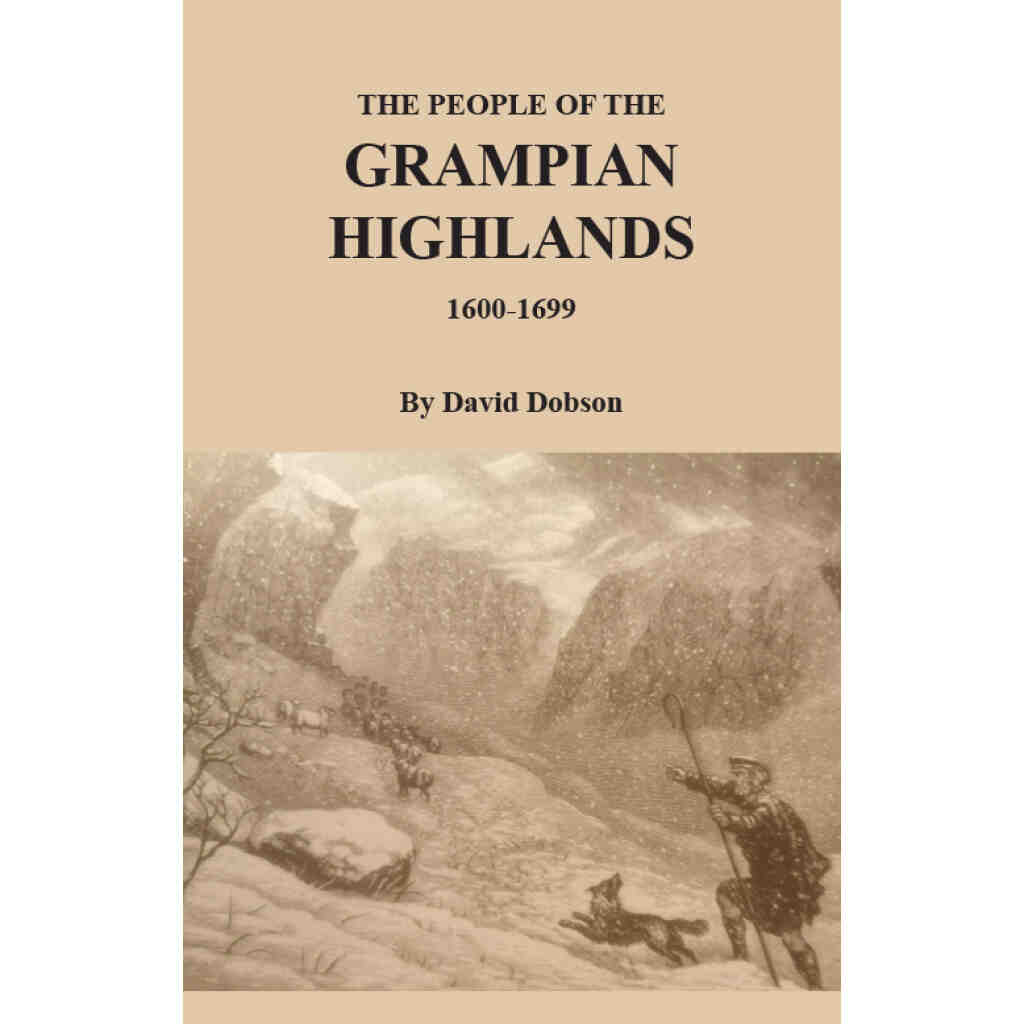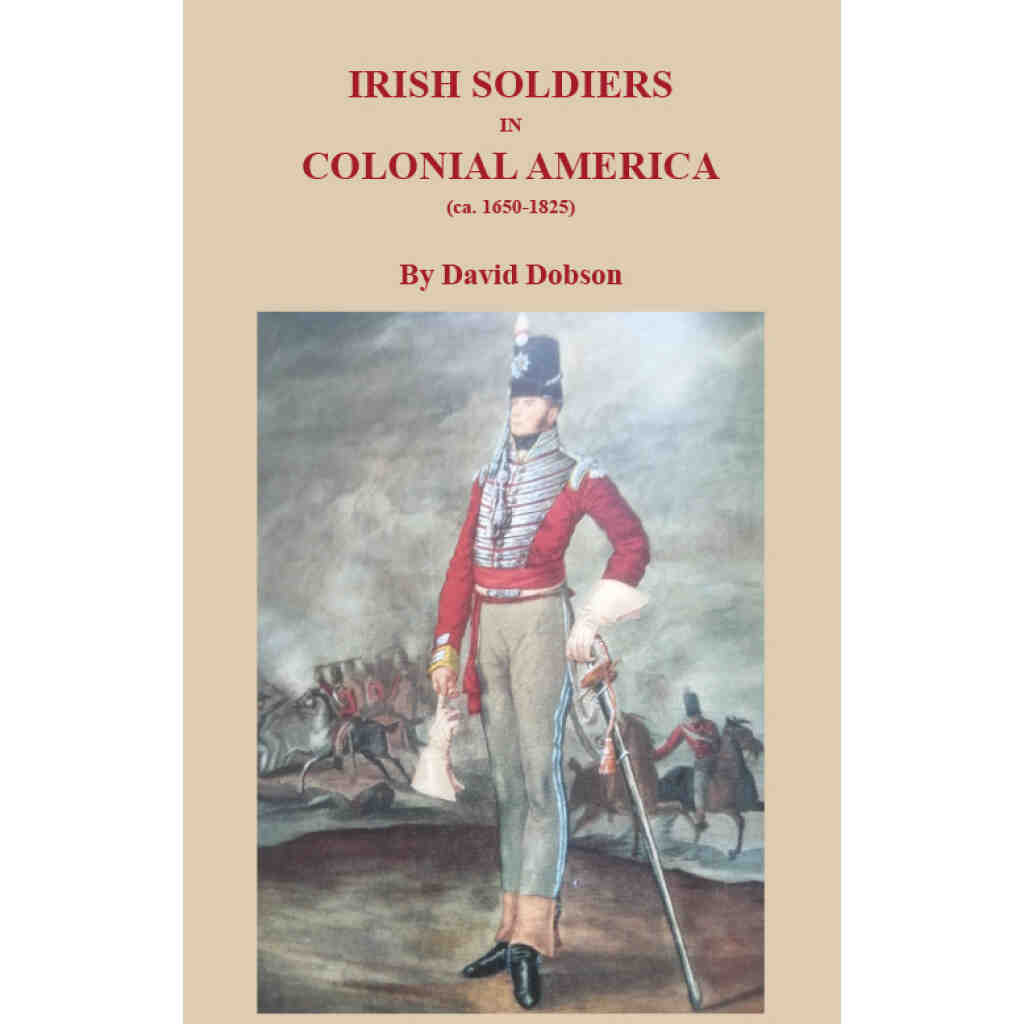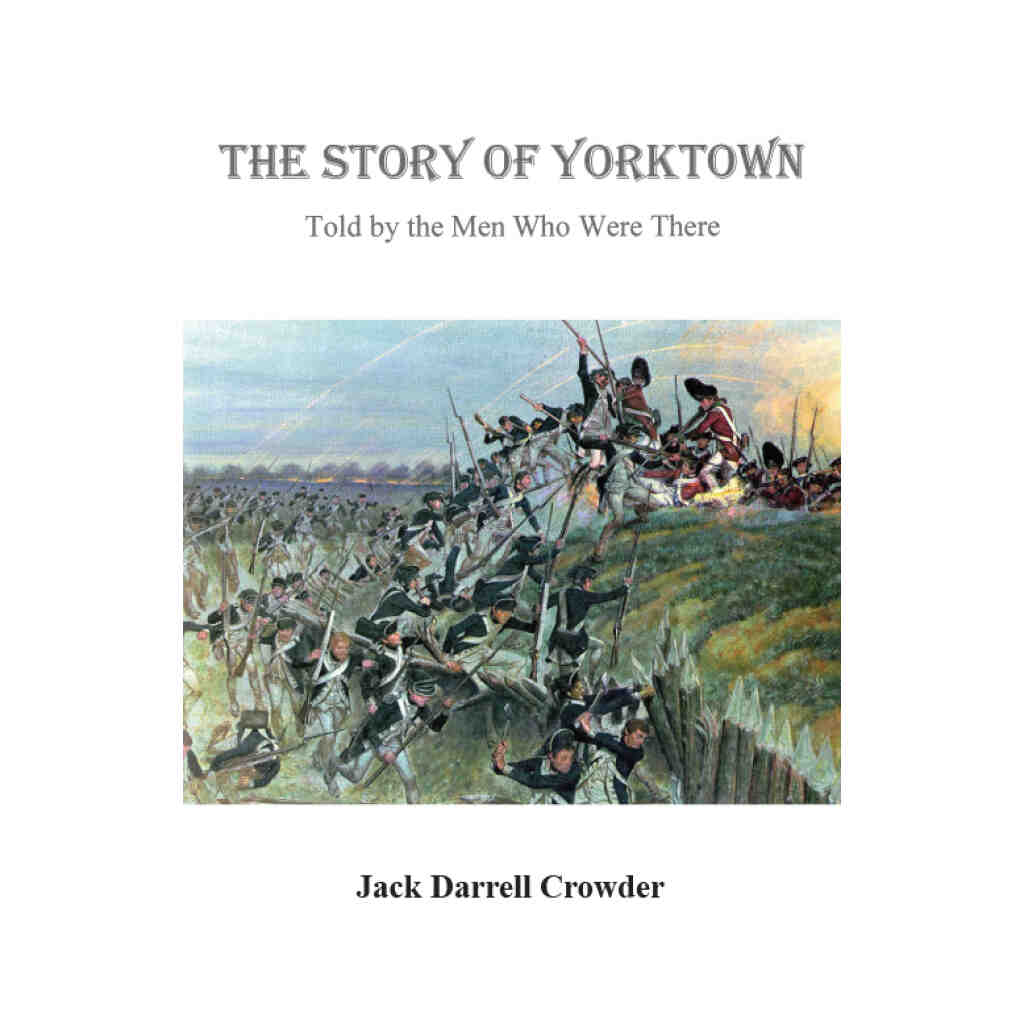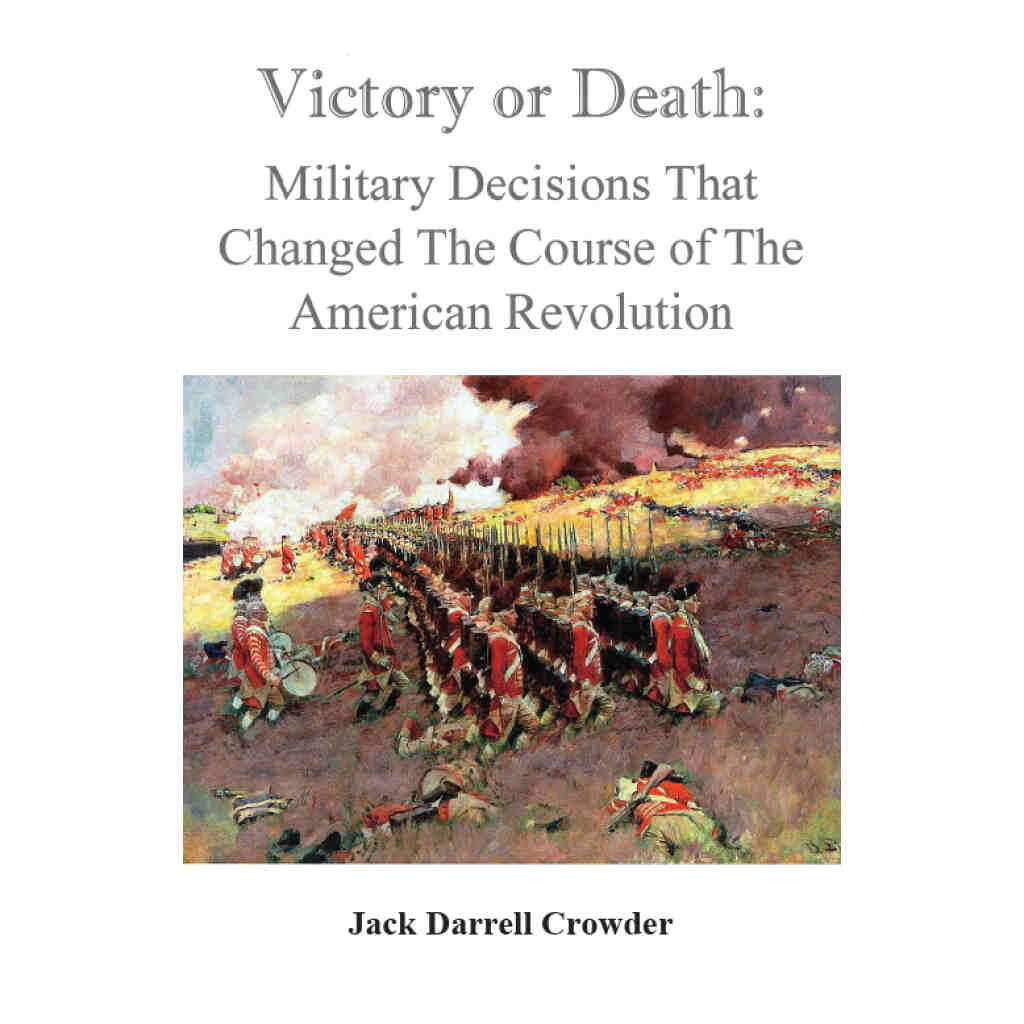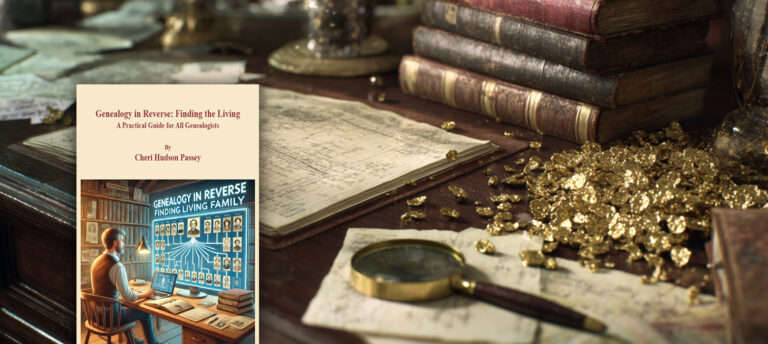
New Releases for Summer (Part Two)
Our final two new books of the summer are devoted to British Isles ancestors. The second edition of Robert Bell’s The Book of Ulster Surnames has over 500 entries of the most common family names of the nine-county province of Ulster, with reference to thousands more. Scottish Soldiers in Colonial America. Part Seven, by the indefatigable David Dobson, identifies several thousand additional Scots who served in the American colonies by name, place of origin in Scotland, destination in America, regiment served in, and other details.
Following are fuller descriptions of these new books, along with recaps of our other Summer titles, as announced in previous issues of Genealogy Pointers.
The Book of Ulster Surnames. Revised Edition
By Robert Bell
Mr. Bell gives the meaning and history of each Ulster surname, its original form, where it came from – Ireland, Scotland, England, Wales or France – and why it changed to what it is today. The index provides nearly 3,000 surnames and variant spellings, cross-referenced to the main listing. The book includes notes on some famous bearers of the name and where in Ulster the name is now most common.
This new edition also includes an article by the author on the Riding Clans of the Scottish Boarders, many members of which came to Ulster during the Plantation. The result is a reference book that details much about the history of the Ulster Irish as well as the Scottish and English who arrived from the 17th century onwards, and is packed with surprising insights into the origins of a complex, turbulent people.
“Bell has, in effect, popularized the etymology of surnames of Ulster . . .Highly Recommended”—National Genealogical Society Quarterly
Scottish Soldiers in Colonial America. Part Seven
By David Dobson
Scottish soldiers could be found in the Americas as early as the seventeenth century, some in the service of England, others in the service of the Netherlands or other European powers. It was not until the mid-eighteenth century, however, that the British Government began to raise Highland regiments who were sent to fight in North America. On the outbreak of the American Revolution, former soldiers, who had received land grants in America, were recalled for duty by the British Government. After the war ended large numbers of soldiers from former Loyalist units and from the regular British Army regiments were settled in what have become Nova Scotia, Prince Edward Island, New Brunswick, Ontario, and Quebec. Scottish soldiers, thus, not only played an important role in Britain’s defence of the American colonies but also an important part in settling them.
Irish Emigrants in North America: Consolidated Edition. Parts One to Ten
By David Dobson
This consolidated edition brings together all ten Parts of David Dobson’s series, Irish Emigrants in North America. A comprehensive index of names has been added to facilitate the reader’s search through all ten Parts. Moreover, the index identifies the many other Irish persons named in the emigrant profiles who could be overlooked by merely consulting the alphabetical arrangement of emigrants. While compiling the series, the author consulted reference material located in archives and libraries in the United States, Canada, Britain, Ireland, and the West Indies.
Emigration from Ireland to the Americas in the early modern period grew from a trickle to a torrent between the 17th century and the 19th century. Some emigrants left Ireland bound directly for the colonies as indentured servants. However, most Irishmen who settled in the Americas in the 17th century arrived as prisoners of war banished to the Plantations. By the end of the 17th century attempts at settlement by the Irish had occurred at locations stretching from Newfoundland to the Amazon River.
This picture changed in the early 18th century when most Irish emigrants to America were Anglican, Quakers, or Presbyterians. There was substantial emigration from the north of Ireland by Presbyterians whose ancestors had settled there from Scotland during the Plantation of Ulster in the 17th century. An estimated 200,000, mainly Scotch Irish, had vacated the Emerald Isle by 1799, becoming one of the largest ethnic groups to settle in the British colonies in the that century
The expansion of transatlantic trade between Ireland and the Americas during the 18th and 19th centuries facilitated emigration. Also, from the late 18th century onwards, the British Army increasingly recruited Irishmen into its ranks. Consequently, many of these Irish veterans could be found settled throughout the British Empire. In the aftermath of the Napoleonic Wars in 1815, the British government settled thousands of former soldiers and their families in Canada. With a handful of exceptions, the vast emigration caused by the Potato Famine of 1846-1851 is beyond the scope of this work, which concerns itself with Irish emigration from the 17th century to about 1835.
The author has arranged the list of roughly 8,500 emigrants alphabetically in each of the ten parts of this work by the individual’s surname and, in the majority of cases, provides most of the following particulars: age, name of ship, occupation in Ireland, reason for and the source of the information. Sometimes the entries also specify the emigrant’s place of origin in Ireland, place of disembarkation in the New World, date of arrival, and names or number of other persons in the household.
Editor’s Note: Researchers with Scots-Irish heritage who discover their immigrant ancestor in this new work, may be able to link that individual to one or more of the Ulster persons identified in our 2022 work, SCOTS-IRISH LINKS, 1525-1825: CONSOLIDATED EDITION. In Two Volumes.
Genealogical Research in Ohio
By Kip Sperry
Ohio has an abundance of resources available for genealogical and historical research–statewide indexes and personal name finding aids, biographies, local histories, vital and church records, probate and court records, census and military records, land records, newspapers, naturalization records, gravestones, genealogical manuscript collections, and many others. These sources and many others are described in detail in this new Third Edition of Genealogical Research in Ohio, by noted genealogical scholar and former Brigham Young University family history professor Kip Sperry.
This new edition includes the following enhancements:
- New Ohio content regarding FamilySearch.org, including a listing of FamilySearch Centers and FamilySearch Affiliate Libraries in Ohio.
- Expanded and updated information for the Ohio Genealogical Society,
- Revised information regarding major libraries in Ohio,
- Up-to-date genealogy websites for Ohio and other researchers.
- Almost 100 pages of expanded Bibliography.
The People of the Grampian Highlands, 1600-1699
By David Dobson
In the seventeenth century the Grampian Highlands in northeast Scotland were mostly controlled by landowners such as the Earl of Aboyne or the Earl of Airlie, or heads of families or clans such as Forbes, Gordon, Farquharson, Burnett, Irvine, Douglas, Lindsay, Carnegie, Ogilvie, Spalding, Stewart, and Robertson. These families were generally Royalist and supporters of the House of Stuart, notably in the Jacobite Wars of 1689, 1715, and 1745.
This work identifies about 1,500 inhabitants of the Grampian Highlands by name, date, more specific location, and occupation or activity, and sometimes by much more.
Irish Soldiers in Colonial America, ca. 1650-1825
By David Dobson
This volume attempts to identify many of the Irish soldiers in the British colonies in North America and the Caribbean from around 1650 until 1825. Irish settlers in colonial America were recruited into local militias. During the American Revolution people of Irish origin could be found in both Loyalist and Patriot units, including the “Volunteers of Ireland”. In the aftermath of the Battle of Waterloo the British government settled substantial numbers of demobilized soldiers, including Irishmen, in Canada. From about 1780 onwards the British regiments enlisted at least one-third of their recruits in Ireland; this increased to about 40% by the early 19th century.
The Story of Yorktown: Told by the Men Who Were There
By Jack Darrell Crowder
In the siege of Yorktown, nearly 30,000 American, French, British, and German troops faced each other in a winner take all battle. In The Story of Yorktown, Revolutionary War expert Jack Darrell Crowder provides a day-by-day account of that siege as told by the participants in their journals, diaries, memoirs, pension applications, and letters, as well as in contemporary newspapers. Mr. Crowder begins his coverage with a description of the town of Yorktown and the start of the siege. The narrative continues with the preparations made on both sides, the role of the artillery, the British failed attempt to escape, and their ultimate surrender. The Story of Yorktown concludes with the author’s endnotes, a bibliography, and a detailed index to persons and places.
Victory or Death: Military Decisions that Changed the Course of the American Revolution
By Jack Darrell Crowder
In Mr. Crowder’s other new book, Victory of Death, the author explores the impact of the major leadership decisions that influenced the eventual outcome of that war. Each chapter in Victory or Death provides a summary of specific events that were key to the War’s outcome. At the conclusion of every chapter, the author reviews the decisions, for good or ill, that led to the result. Victory or Death concludes with the author’s endnotes, a bibliography, and a detailed index to persons and places.
Some of the pivotal events explored by Mr. Crowder include:
- Selection of George Washington as America’s Commander-in-Chief
- America’s ill-fated siege of Quebec
- Washington’s attack on Trenton
- Britain’s miscues at Saratoga
- How decisions about African Americans affected the outcome
- The Battle of King’s Mountain
- Appointment of Nathaniel Greene as Commander of America’s Southern army
- Yorktown
Recent Blog Posts


